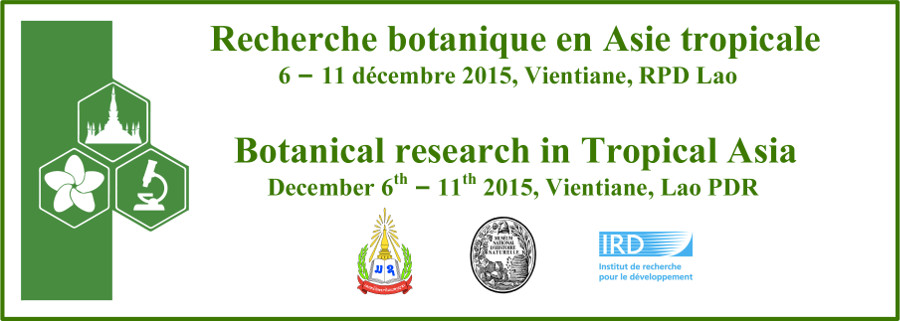The genus Najas (Hydrocharitaceae) is a cosmopolitan aquatic plant genus of ca. 40 species. Many of the species are endemic or narrowly distributed, especially in the tropics, while a few are widely distributed across continents. Among the centres of species diversity is Asia, where nearly 25% of the species occur. Polyploidy has been widely observed in the genus, which may have facilitated the species diversity. A recent molecular phylogenetic study, based mostly on North American species, revealed a phylogenetic framework for the genus and supported a partial infrageneric classification into two subgenera and four sections, yet many other issues remained unanswered. Here we expanded the taxon sampling by adding samples primarily from Asia and Australia and employed molecular phylogenetic analysis to further address the following taxonomic, biogeographic and evolutionary questions: (i) do widespread species include cryptic taxa? (ii) how is the species rich area, Asia, represented biogeographically? (iii) how does polyploidy contribute to the evolution of the genus? Although preliminary, our molecular phylogenetic analyses using plastid and nuclear (ITS) DNA data sets,showed mostly congruent results and revealed that the monospecific subgen. Najas consists of two lineages, one in East Asia and the other disjunctly in Asia, North America, Australia, and Europe. A species widely distributed in the Old World was found to contain apparently cryptic infraspecific taxa in tropical Asia. Section Euvaginae of subgen. Cailinia was resolved as non-monophyletic and instead an Asian species was resolved as the most basal lineage in the subgenus, indicating the Asian origin of this cosmopolitan subgenus. Given the observed and reported chromosome numbers, polyploidy has evolved multiple times, i.e., tetraploidization and probably hexaploidization in Asia and octaploidization in the Americas. The overall results indicate that geographic differentiation and polyploidy play crucial roles in the evolution and diversification of Najas, particularly in Asia.
- Poster

 PDF version
PDF version

